
Mechanical sealis a device that forms a rotating seal between moving and stationary parts. It was developed to eliminate the disadvantages of stuffing box packing. Leakage can be reduced to meet the environmental standards of government regulators and maintenance and repair costs can also be reduced.
The advantages of a mechanical seal compared to conventional stuffing box packing:
- No or limited leakage of pumped liquid.
- Reduce friction and pump power loss.
- Reducing wear on the shaft and bushing
- Reduce maintenance costs
- Available for higher pressures and more aggressive media.
- A wide variety of designs allows the use of mechanical seals in almost all pumps.
|
Figure 1. Single mechanical seal |
Mechanical seal basics
All mechanical seals consist of three main basic sets of parts as shown in figure 1.
- Primary seal set: one rotating and one stationary, shown in Figure 1 as an O-ring and a pressed-in part (gasket).
- Secondary seal kit known as shaft packing and pressed-in parts (gaskets) such as O-rings, wedges and V-rings.
- Pressure mechanical seals including gland o-rings, collars, compression rings, studs, springs and corrugated tubes.
How a mechanical seal works.
The primary pressure seal is achieved with two very flat polished surfaces that create a complex path perpendicular to the leak path (resistance to leakage). Friction contact between these two flat surfaces minimizes leakage. As with all seals, one face is fixed in the housing and the other face is fixed and rotates with the shaft. One of the surfaces is usually made of a wear-resistant material such as carbon graphite. The other is usually made of a relatively resistant material of a hard material like silicon carbide. Dissimilar materials are typically used for stationary gaskets and rotating O-rings to prevent the two surfaces from sticking. The soft side usually has less mating surfaces and is commonly referred to as the wear edge.
There are four main sealing points in the face of a mechanical seal (figure 2). The primary seal is the seal face, point A. The leakage path to point B is blocked by either O-rings, a V-ring, or a wedge. Leakage paths to points C and D are blocked by gaskets or O-rings.
The surfaces in typical mechanical seals are lubricated by a gas or liquid boundary layer. When designing seals with the desired leakage parameters, seal life, energy consumption, the designer must consider how the surfaces will be lubricated and the principle of their lubrication.
In order to select the best seal design, it is essential to have as much information as possible about the operating conditions and the fluid being pumped. Comprehensive product and environmental information allows you to choose the best seal for your application.
|
|
|
Figure 2. Mechanical seal seal points |
Types of mechanical seals
Mechanical seals can be divided into several types and designs:



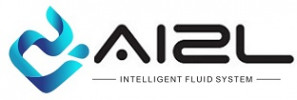


















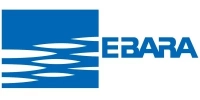
















































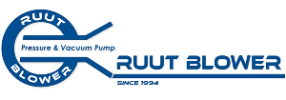

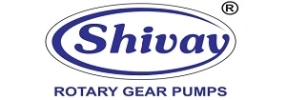


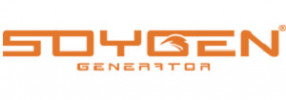
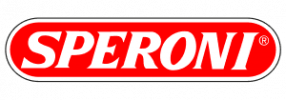

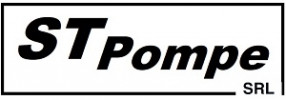
























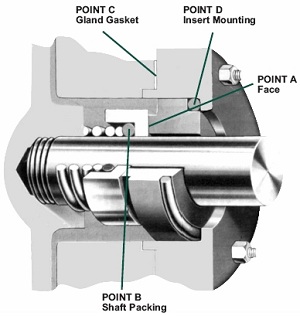
0 comments